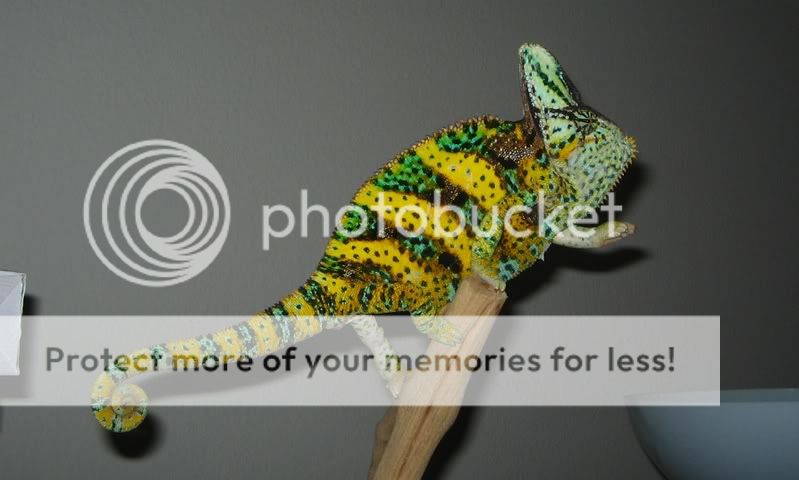jojackson
New Member
A lone Female V komodoensis produced viable eggs that hatched at a UK zoo a few years ago.
http://www.nature.com/nature/journal/v444/n7122/abs/4441021a.html
http://www.npr.org/templates/story/story.php?storyId=6667721
Some Gecko species are said to parthenogenic also, Bynoe's Gecko - Heteronotia binoei
http://www.pubmedcentral.nih.gov/articlerender.fcgi?artid=1204568
http://www.pilbarapythons.com/binoesgecko.htm
http://www.nature.com/nature/journal/v444/n7122/abs/4441021a.html
http://www.npr.org/templates/story/story.php?storyId=6667721
Some Gecko species are said to parthenogenic also, Bynoe's Gecko - Heteronotia binoei
http://www.pubmedcentral.nih.gov/articlerender.fcgi?artid=1204568
http://www.pilbarapythons.com/binoesgecko.htm






